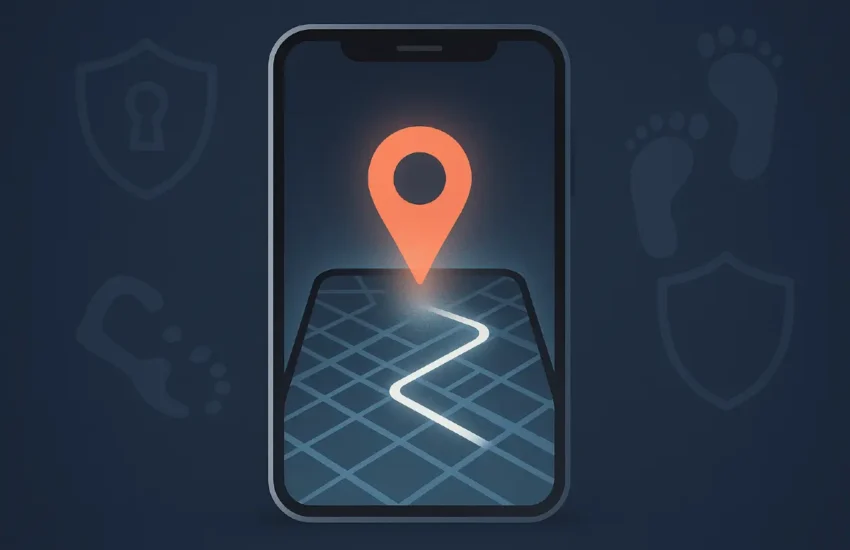Understanding the Basics of Secure Access Service Edge (SASE) Solutions
The speed and agility of digital transformation demand a new model for connecting remote users to business applications. Gartner calls this a Secure Access Service Edge (SASE) architecture.
It converges network and security functions into a single platform. That includes a secure web gateway, CASB, and ZTNA that connects to a globally distributed fabric of points of presence.

What is SASE?
With more traditional data center functions hosted outside the enterprise — in IaaS provider’s clouds, SaaS applications and cloud storage — than in the on-premises environment, SASE solutions offer an opportunity to break down technology siloes, automate tasks, eliminate legacy technologies like VPNs, reduce costs and increase speed and agility. Having a good knowledge of what are SASE solutions, it delivers a cloud-based, unified platform that combines SD-WAN and security capabilities such as SWG, CASB and remote browser isolation in one service. This simplifies management and reduces the need for hardware at branch offices and other remote locations while freeing enterprises to deal with fewer vendors and spend less time, money and internal resources configuring physical infrastructure.
Rather than relying on inspection engines in the data center, SASE architectures deploy these services at distributed points of presence (POPs). This allows these tools to inspect traffic locally, eliminating the need for traffic backhaul over the internet. By reducing the amount of traffic sent over the internet, the global SD-WAN service helps organizations avoid latency issues and performance bottlenecks.
SASE also supports zero trust network access, a technology that offers granular security control over user and system identity based on what the individual is trying to do and where they are doing it. This makes it easier for businesses to support remote workers and WFH while ensuring that all devices can connect securely and immediately to corporate services.
How does SASE work?
A SASE framework converges best-of-breed security and SD-WAN capabilities in the cloud to enable seamless user experiences, optimized connectivity, comprehensive protection, and advanced threat prevention. It allows mobile users, remote offices, and IoT devices to seamlessly access applications and data from anywhere with a single login.
Using an identity-based Zero Trust security model, SASE prevents devices or users from accessing internal resources until their identity is verified – inside or outside the corporate network perimeter. This enables enterprises to provide granular visibility and control of all data, apps, services and systems. This includes blocking attacks like DDoS against network infrastructure while ensuring enterprise-controlled data is not accessible to hackers or malicious actors.
A SASE solution combines a firewall as a service (FWaaS), a cloud-based CASB, and an SD-WAN with a global network to deliver complete security and networking as a service offering. This reduces complexity and cost by enabling enterprises to deal with fewer vendors, install fewer appliances and spend less time and money on hardware deployments.
In addition to providing a seamless user experience, SASE solutions offer the flexibility to adjust security and network access policies from a single portal. This simplifies administration and allows enterprises to implement a consistent security policy across all locations, users, devices, and apps.
What are the benefits of SASE?
The benefits of SASE solutions include centralized management, zero-trust network access, application quality assurance and operational simplicity. The technology architecture decouples networking services from the underlying network infrastructure and ensures that applications are served with consistent performance across the entire global network. This approach reduces the need for hardware appliances and delivers a higher ROI for your organization.
Security teams can set policies centrally via a cloud-based management platform. The guidelines are then enforced by distributed points of presence (PoPs) close to remote users and their devices. This approach increases visibility and control while avoiding the risks of putting security systems in the DMZ or relying on VPNs for remote access.
SASE provides network flexibility, allowing businesses to expand quickly without installing hardware in new locations. This solution minimizes downtime by ensuring all change occurs in the cloud rather than on-premises servers or networks. This ensures that teams can execute changes quickly and safely, especially for critical functions like security updates.
SASE can be delivered as an all-in-one solution that includes WAN optimization, SD-WAN, and security capabilities such as CASB, network visibility and logging, Wi-Fi hotspot protection, and more. This type of SASE solution is a more convenient option than trying to piece together individual best-of-breed tools. Ideally, your SASE vendor has a proven track record of integrating these capabilities into a single, integrated service that eliminates the need for separate hardware and software.
What are the challenges of SASE?
SASE solutions are a way to address the increasing complexities and performance demands of digital business. They offer scalability and support work-from-anywhere for employees while reducing management complexity, IT spending and the number of hardware devices required in branch offices or remote locations.
SASE consolidates multiple networking and security capabilities into a single product. It delivers the benefits of SD-WAN, AIOps and NaaS as well as Zero-trust, CASB and SSPM into a fully integrated solution that can be offered as a single cloud service.
This reduces the number of vendors an organization deals with, hardware that must be deployed in each location and centralized IT control for functions like user policy management. SASE also reduces staff workload by enabling them to move from per-device to systemwide policies, a shift that can help improve productivity.
One challenge facing SASE is that many organizations need help navigating the complex and confusing vendor ecosystem it creates. This is exacerbated by the constant barrage of vendor marketing and various available tools. To successfully implement SASE, organizations must closely examine their existing tech stack and identify duplicative capabilities that can be sunset as they move to a more modern cloud-driven tool paradigm. Failing to do this can result in fragmented capabilities and disjointed business architecture.


